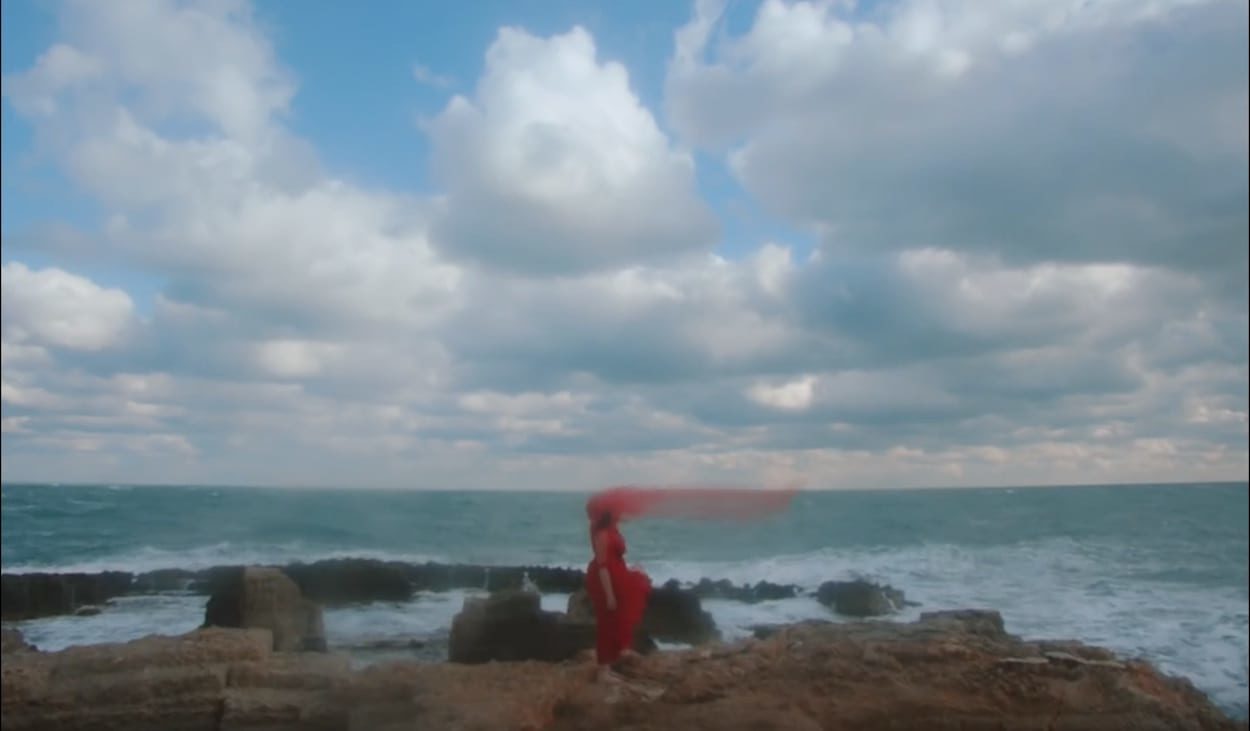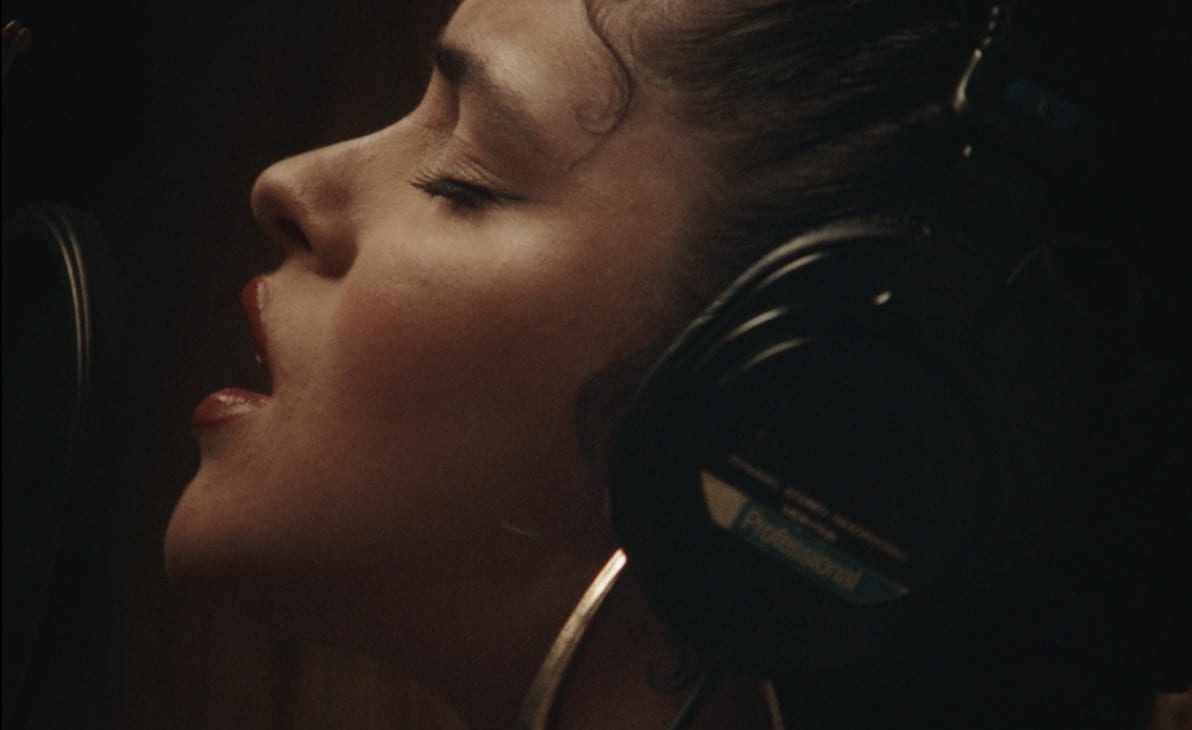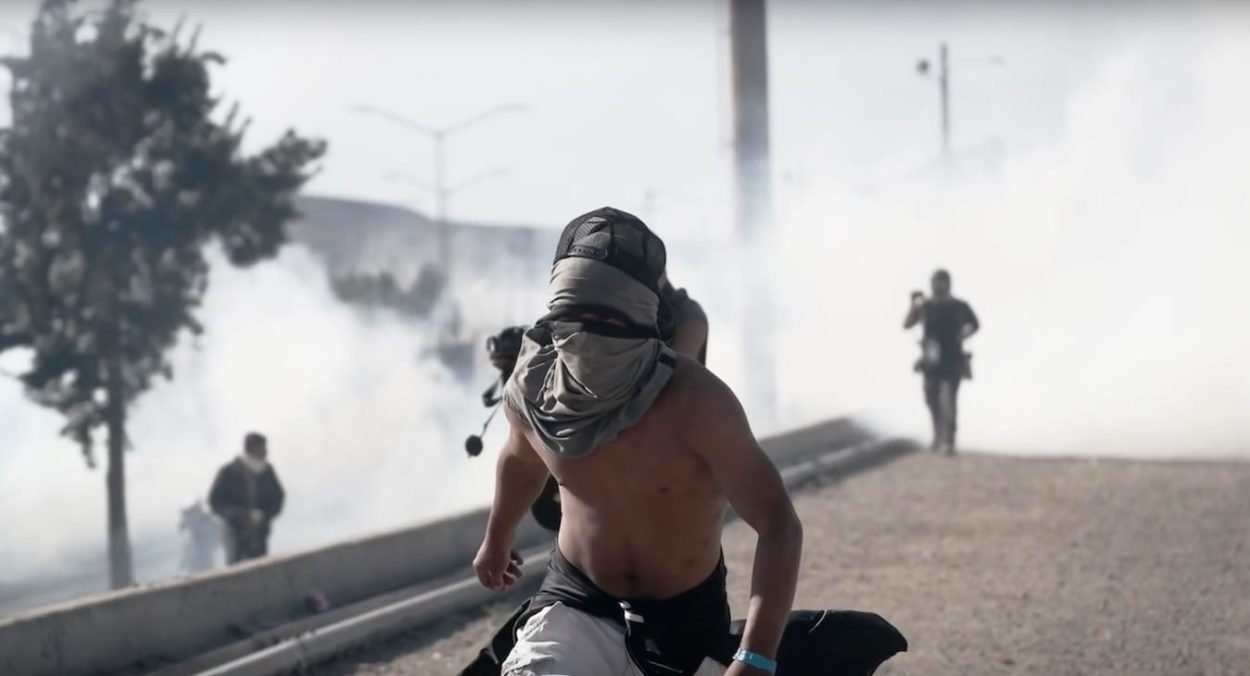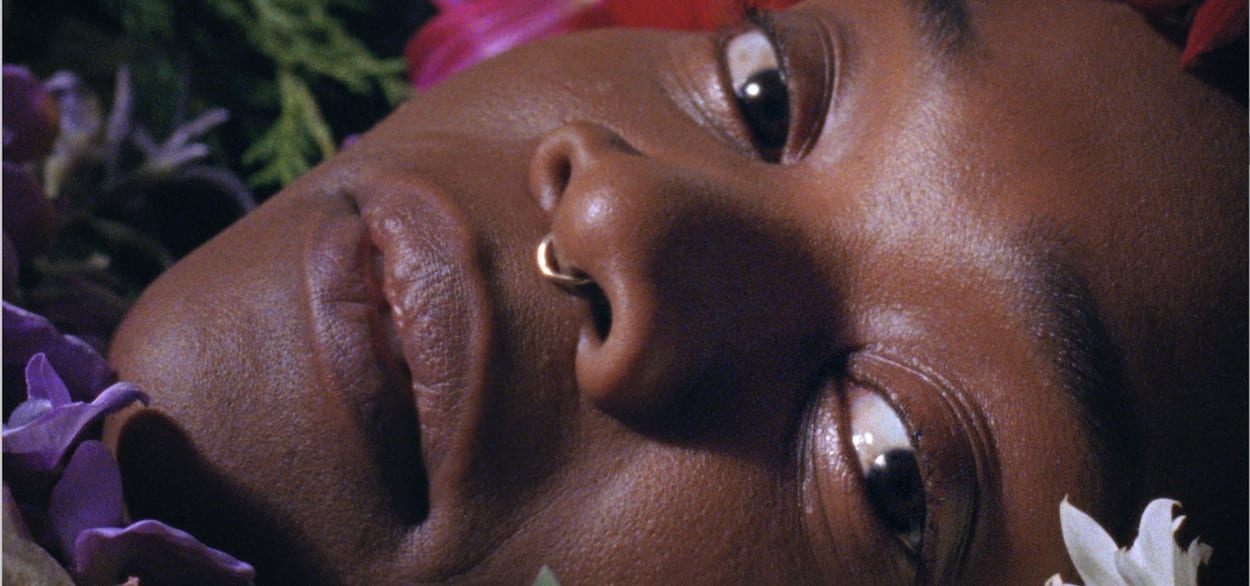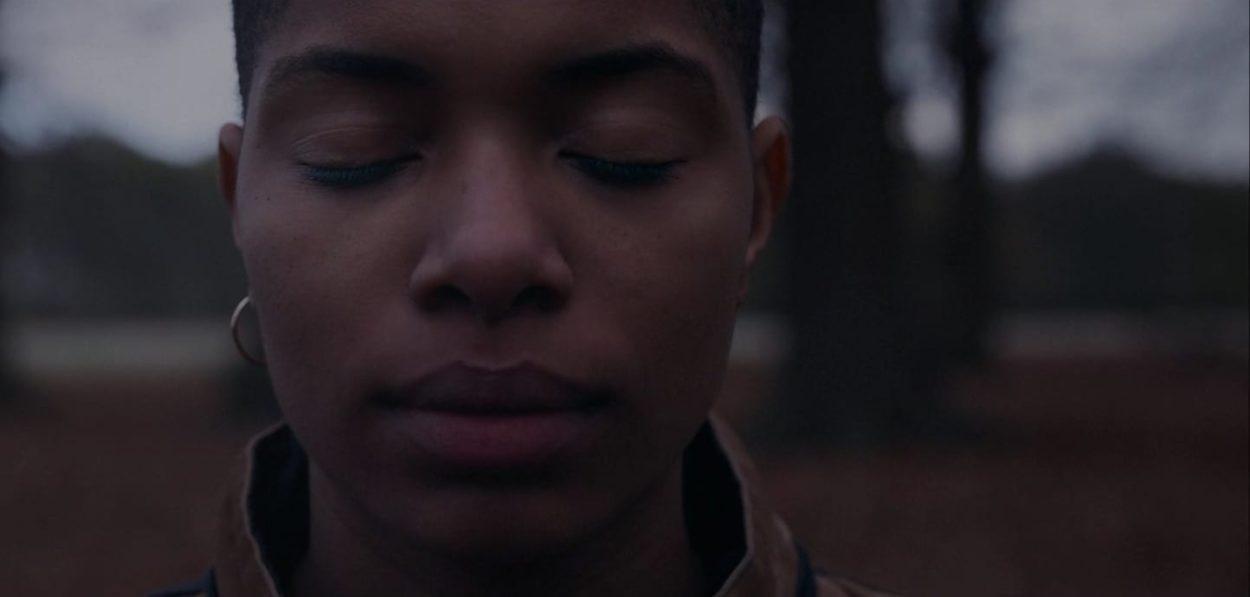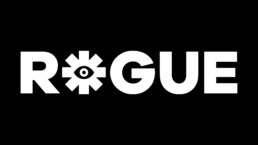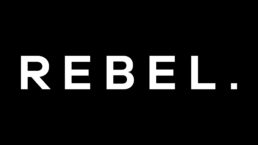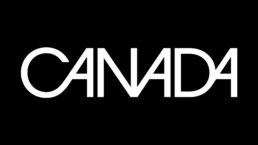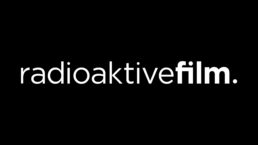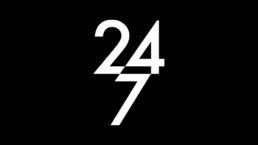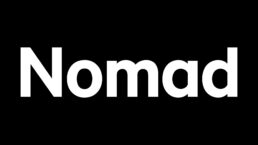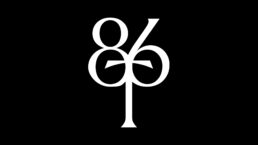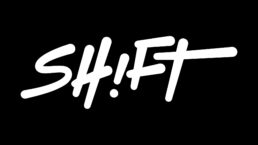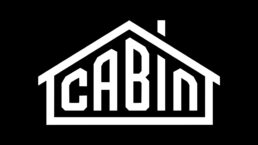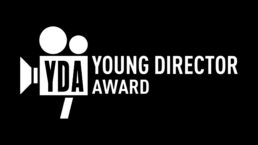You have woven a story of a young female rapper in an intricate and compelling way. How much research did you do with Alessandra before planning the film?
We had a couple months leading up to the shoot so my team, and Katherine Brampton and I worked together to do as much research as possible on the Trap music scene in Puglia.
I also had lots of Skype calls with Alessandra leading up to the shoot to understand her story, and to get us both comfortable with one another. We also did lots of research on dancers, artists, filming locations and the history of Puglia in general, which is how we found the dancer, the stylist, the make up artist, some of the locations, and the whole premise of the storyline to be honest.
How did you meet Alessandra and what was behind your decision to use her as your subject?
We were looking for up-and-coming, interesting musicians in Italy and came across Alessandra’s Instagram. She has a distinct voice, a strong social presence and a striking look that immediately caught my eye. I was intrigued how something like American Trap music had inspired so many musicians in small villages in the South of Italy.
Hearing her story through various phone calls and learning about where Alessandra was from, just made me think of so many people around the world who are from small towns and have big dreams inspired by what they see on the internet and through social media.
How did you map out the visual narrative – was it simply a shots list in the various locations?
I wanted to show the difference between Alessandra and her dreams, and what her grandmother experienced growing up in Locorotondo.
So I created a shooting script that played on the contrasts in both generations, using mostly older Italian photography/cinema references and new technology/social media as inspiration.
We created a visual book with moodboards, shotlists and descriptions of each scene, and then left enough room on the day to play with our instincts as well. That being said, we had a pretty strict shooting schedule as we could only shoot for three days in Puglia and one day in LA. So a lot of the work was done in pre-production.
The framing is superb – did you work closely with the cinematographer to decide on each frame?
Yes of course. We wanted to use refs from pioneering Italian filmmakers and photographers. We loved the compositions from Pasolini’s ‘Teorema’, Fellini’s ‘8 1/2’, and Antonioni’s more abstract films. So Kate Arizmendi and I worked together to create a visual language that was inspired by those references, but also had a modern day twist that felt true to Hip Hop references today.
That language then carried over to Los Angeles with Kristian Zuniga who also brought his own great ideas to make it feel distinctly LA. It was a great collaboration with them both for each individual frame.
How big was the crew – I’m assuming quite light because of the numerous locations.
The crew was extremely light but also big enough to get the job done over a short time frame. It was definitely a tough shoot and our producer Grace Carroll worked magic making it happen. I’m still in awe at what we got done.
To what extent did the film come together in the edit?
I think we definitely had a clear direction going into the edit. I had worked with our sound designer Ben Chick to create a soundscape from Alessandra’s songs before we even shot. I also had an idea of an edit from the shot list and script breakdown. And Ari Tomasettig who is from a small Italian town up north also brought so much perspective and ideas as well to the edit.
We also didn’t have any of the footage translated at first, because it was expensive, so it was super collaborative because Ari was the only person that understood what people were saying in the rushes. After the first cut, we played with the edit for a while because we wanted to make it feel like an experience — stimulating the audience differently throughout the film. We also spent a lot of time on these music video-like segments which served as visual/experiential moments throughout the doc that were inspired by Alessandra’s muses.
We wanted to enhance these moments by also playing with some VFX and colour changes, so Jason Wallis and Betty Cameron and I worked hard together to make that visual language come through. Then on top of that, we also had a client (Bulgari and Tribeca Studios), so it was a balance of working with all of our ideas. The edit process had an advertising, music video, and film approach, which is how we created the outcome.
What were the main challenges of the production?
The biggest challenge was probably the budget and time restraints. We could only afford to shoot over four days, across two different countries and different cities.
We also had some more unexpected difficulties. For example – it snowed for the first time in ten years in the south of Italy, and none of production could have expected that. So we had lots of cars stuck in snow and crew that just didn’t arrive at all. We ended up not having a translator, production designer or a first AD on set. So you can imagine how hands on our whole team was, everyone was doing lots to make this whole project happen.
Did you get to see your film on the big screen at Tribeca?
Yes, I thankfully got to see the film projected at Tribeca. It was a special moment to have Alessandra there in New York with me as well. She had put so much into this as well, and it was beautiful to see her sharing her story with everyone there.
Representation:
